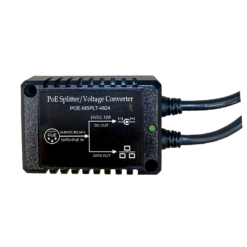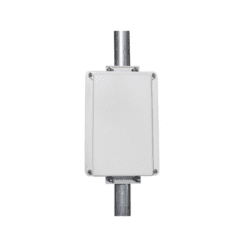$879.95
8 in stock
- Ships in 1-2 days
- No Risk Guarantee
- 2-3 Year Warranty
Features
• IEEE 802.3af Gigabit Midspan PoE Injectors
• Up to 16.8W per Individual Port
• 1U Standard Rack Mount (19” and 23”)
• Manageable thru front panel RJ45 port
• Supports Passive PoE 48VDC output
• Accepts AC or DC input
• I.T.E. Power Supply, UL Listed
Applications
• Wireless Access Points and Client Devices
• IP Phone and Security Camera Systems
• Power network devices from a central network room
The TP-MS3xx series of rack mount mid span PoE power sources are used for supplying PoE and data to multiple devices from a central location such as an operations room. The PoE devices feature a separate data-in port coupled with a data out/PoE port. The PoE function is fully IEEE802.3af compliant and supports Gigabit Ethernet.
The included PC software allows for configuration of the individual ports and for displaying port status through the RJ45 management port or network. Ports can be enabled/disabled and configured for forced PoE output (Passive PoE) or IEE802.3af detection. PoE DC Voltage (48V) is supplied on pins 4,5 (V+) and 7,8 (V-). Maximum power output per rack mount unit is 400W. The individual outputs are overload and short circuit protected.
The TP-MS308 has 8 PoE ports. The TP-MS316 has 16 PoE ports. The TP-MS324 has 24 PoE ports.
The 1U rack mounting accommodates 19″ or 23″ racks with included brackets.
Technical Information
| Ship Weight | 13.17 lbs |
|---|---|
| Ship Dimensions | 20 × 16 × 6 in |
FAQ
PoE FAQ






















